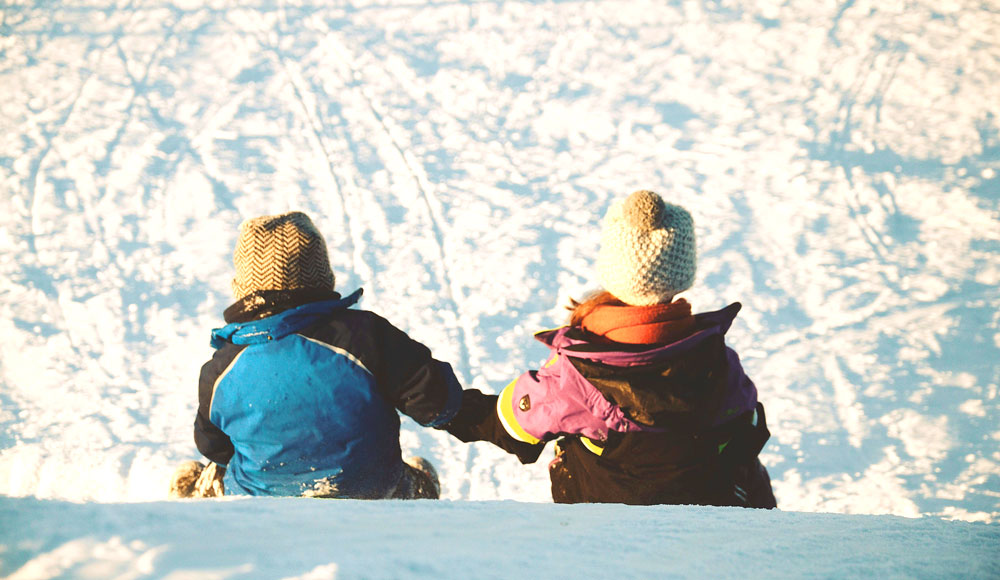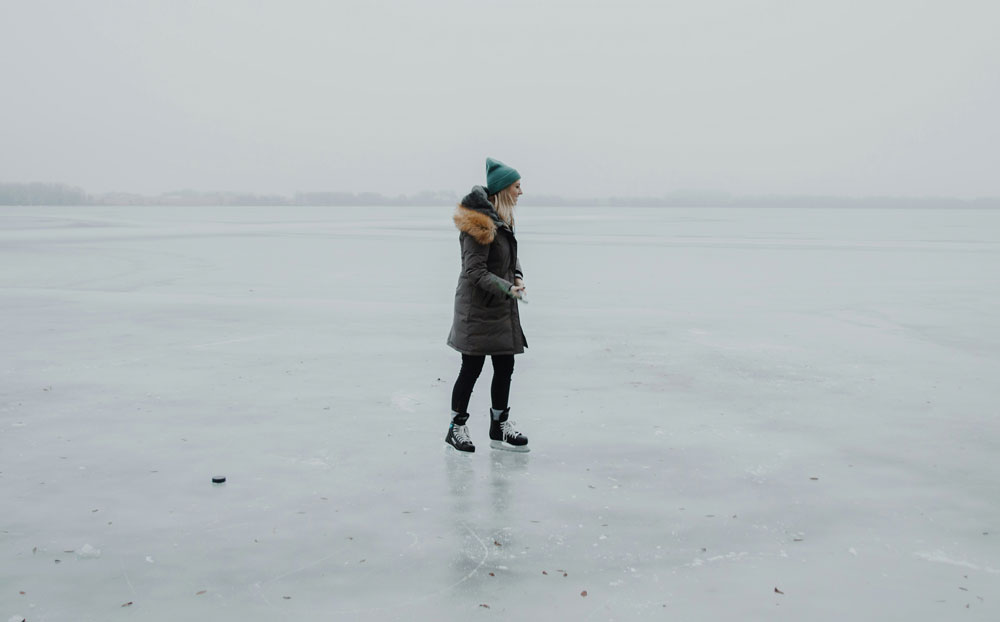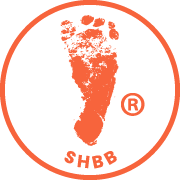Have a (Snow) Ball: Snow Day Safety Tips for Students
It’s 10 p.m., and the snow piles up. The phone rings, and a familiar recording begins: “This is the superintendent of Mehlville School District. Due to inclement weather, all schools in the District will be closed tomorrow.”
The announcement of a snow day is a reason to celebrate; teens can stay up and sleep later. Younger students might plan a day of sledding. No matter what activities add to the amazing surprise of a snow day, Mehlville Fire Protection District wants kids to stay safe. Learn 10 snow day safety tips for an injury-free snow day.

Table of Contents:
- Sledding Safety
– Sleds for Toddlers
– Sledding Tips for Kids - Ice Skating Injuries
– Skating on a Pond - Warm Up with Wood Burning Fireplace Safety
- Snow Day Activities
- Snow Day Calculator
Key Takeaways:
More than 20K injuries happen every year from winter sledding fun. Snow days are an exciting break from school, and practicing good safety practices ensures that children stay injury-free to enjoy their day off from school.
Sledding Safety Tips
When the snow is heavy, and the ground is covered with a thick layer of snow, the conditions are right for sledding. In the St. Louis area, there are many popular sledding destinations. Art Hill offers a steep and exhilarating sledding experience if the highways are clear.
For children with a large hill behind their homes, the opportunity for sledding exists outside the door. While piling onto a sled and zooming down a hill offers an adrenaline rush, this standard snow-day activity can also lead to a trip to the hospital. Collisions with trees or even sledding into a busy road create hazardous situations for young children.
OrthoKids reports that there are about 20K sledding accidents every year. While bumps, bruises, cuts, sprains, and broken bones are among the most common injuries, sledding accidents also lead to more severe medical issues like brain injuries.
The Best Sleds for Toddlers
Young toddlers and preschoolers should never sled without an adult. Young children should not use a disk or toboggan for sledding; these sleds are even dangerous for other children as they do not allow easy navigation.
Parents sledding with young toddlers and preschoolers also should choose small hills for sledding. Remember that the area should be free of trees and that the base of the hill should not be near a body of water, a road, or any unsafe location.
Sledding Tips for Kids
Before grabbing the sled out of the basement or garage, keep these sledding safety tips in mind:
-
- Never sled down a hill that ends near a busy road, a body of water, or another unsafe location. Sleds can speed quickly downhill, and children discover too late that stopping before dropping into a street is nearly impossible.
- Only sled in clear areas. Do not try to sled down a hill that’s covered in trees. The fun will likely end poorly.
- Always sled in groups. Never go sledding alone or without supervision.
- Wear appropriate winter clothing. Choose waterproof pants, coats, and boots.
- Learn how to control the sled. Some include navigational bars, while others are designed as a disk and require children to use their feet to stop.
- Avoid car sledding. This is when a car or a truck pulls a sled or tube.
- Big groups are more dangerous and can lead to collisions. Instead, go sledding with a smaller group of friends and keep a safe distance by taking turns.
- Always face forward. Do not sled backward!
- Choose a well-lit area for sledding.
- Never try to surf on a sled.
Ice-Skating Injuries
Families who live near an ice rink use a snow day as an ideal opportunity to take to the ice. Public skating rinks typically offer a safe space for skating. However, parents need to be mindful of their child’s skating ability. A parent or guardian should closely supervise those who are learning to skate.
Teach children ice rink safety. Be mindful of others, and learn how to stop with skates. Do not skate so fast that stopping or navigating is impossible. Whether the rink is indoors or outside, children should be dressed appropriately–warm clothing, gloves, and a hat.
Skating on a Pond
 Ice skating on a pond is dangerous if the ice isn’t thick enough to support the weight of skaters. Thin ice cracks, leading to children falling through the ice. Children should learn never to walk on or try to skate on any body of water–even if it looks frozen solid.
Ice skating on a pond is dangerous if the ice isn’t thick enough to support the weight of skaters. Thin ice cracks, leading to children falling through the ice. Children should learn never to walk on or try to skate on any body of water–even if it looks frozen solid.
Ice must be at least four inches thick to support an individual’s weight. The only way to understand and measure the thickness of the ice is to use an ice safety pick to cut a hole into the ice and then assess the depth of the hole with a tape measure.
Thick ice should be clear, never white. Unfortunately, ice rinks are painted white, and many individuals (including children) falsely assume that white ice means it’s ideal for skating or other activities. White ice that covers ponds is unstable, as it has mixed with snow.
Warm Up with Wood-Burning Fireplace Safety
A bitter cold snow day is also ideal for opening the fireplace and enjoying a cozy fire. When enjoying a day near the fire, keep a few crucial safety tips in mind:
- Only use untreated wood. Chemicals from treated wood can lead to injury or breathing concerns.
- Never pour gasoline or any fuel on a fire.
- Schedule a flue and fireplace inspection before using the fireplace for the first time.
- Make sure the flue (damper) is open. Otherwise, smoke will billow into the home.
- Teach children to stay away from the fireplace.
- Be mindful of pets.
- Keep all furniture and flammable items away from the fireplace.
- Fully extinguish the fire before leaving the home or going to bed. Every ember must be extinguished!
Our Favorite Snow Day Activities
The Mehlville Fire Protection District team loves to enjoy a safe snow day. If the weather is too cold for venturing outdoors, check out a list of our favorite indoor things to do on a snow day:
- Build an indoor fort using blankets and chairs. Instead of snowballs, toss cotton balls! Just make sure you clean up the cotton balls for mom and dad.
- Make dough art snowmen. Salt dough for sculpting snowmen and other fun figures is an easy DIY recipe. Have a parent or guardian help mix the ingredients.
- Create an indoor obstacle course in the basement (or a large living room); use pillows to design the course.
- Enjoy a dance-a-thon. Turn on music and dance the day away.
- Schedule a snow day game marathon. Play your favorite board games.
- Host a movie marathon–a day of Star Wars, perhaps?
Will I Have a Snow Day? Use a Snow Day Calculator!
Snow days feel like elusive moments. The superintendent decides the future, and children might wonder, “Will there be a snow day tomorrow?” Unfortunately, no magic predictor accurately reads any superintendent’s mind on a winter day. However, parents can have fun letting children discover the odds of a snow day.
The Snow Day Calculator uses an algorithm to determine the odds of a snow day on any given day. The calculator analyzes the weather conditions, the number of snow days already accrued, and other factors.
Are the odds in favor of a wonderful snow day? Use the calculator and find out!
A Safe Snow Day is the Best Snow Day
Mehlville Fire Protection District engages, protects, and educates the community about crucial safety knowledge. Stay informed about the weather and watch local newscasts to understand if bad winter weather is in the forecast; a snow day might be one call away. Whether kids enjoy sledding, ice skating, or other indoor activities, practice proper safety habits to minimize the risk of injuries.

